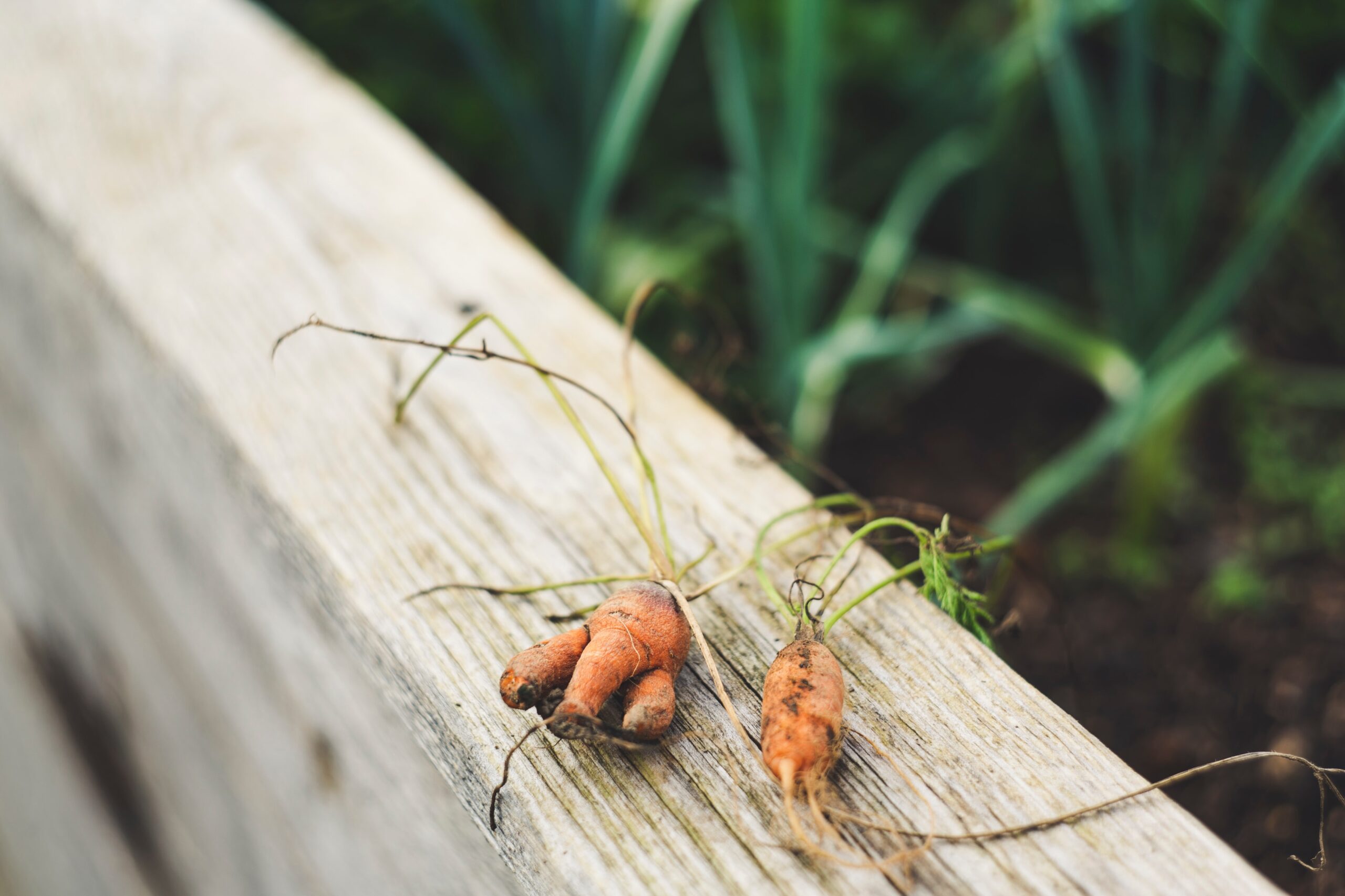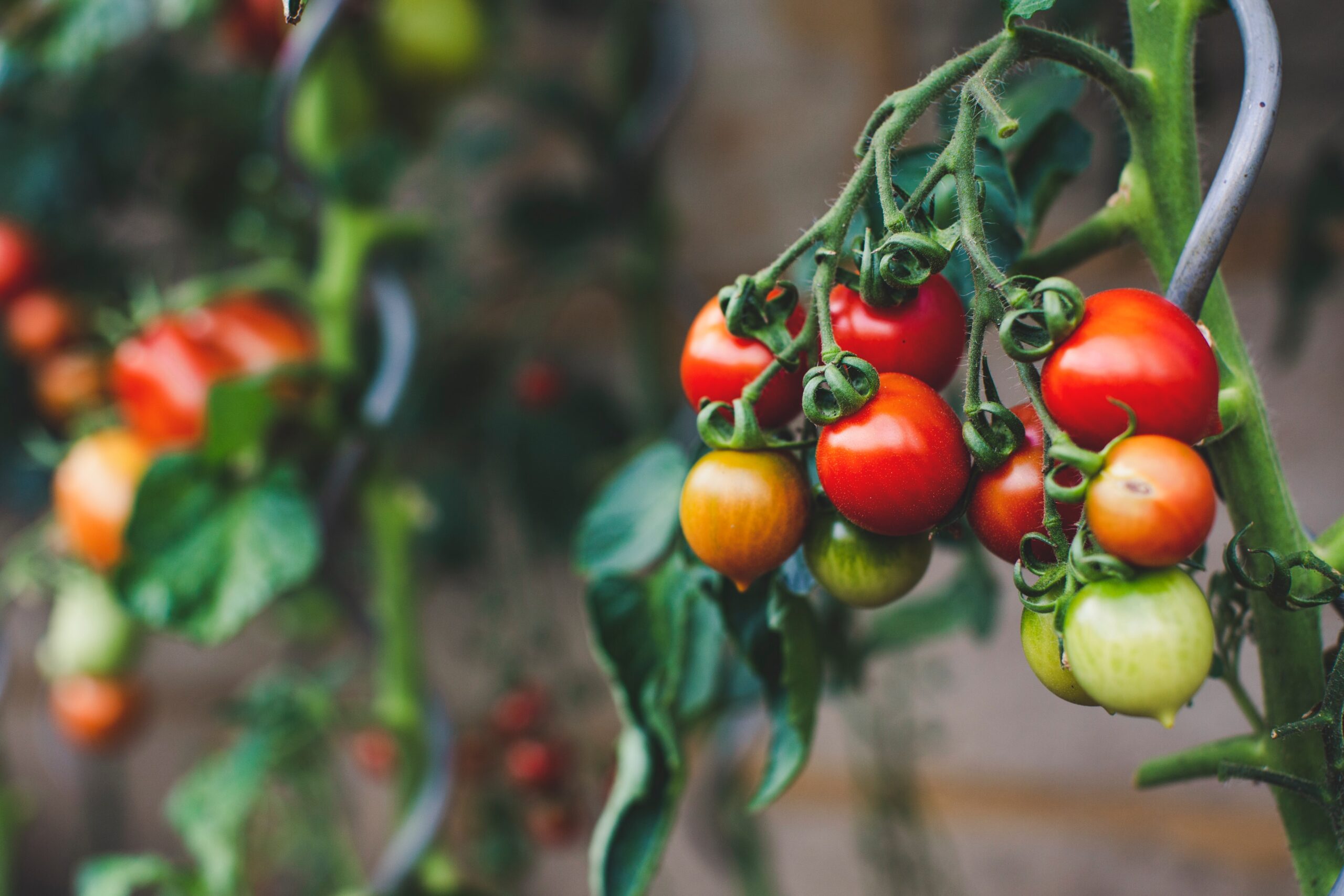Protein S To Meat
This has not been demonstrated by RCTs though several systematic reviews note that the quality of evidence in this arena is low. A 2012 systematic review and meta-analysis including five studies found no difference in bone mineral density between lower protein diets and high protein diets providing up to 1.6g/kg bodyweight. There are health claims approved for use in the EU which state that protein contributes to the maintenance of normal bones and is needed for normal growth and development of bone in children. One key dietary consideration for active people is their protein intake, because protein plays a vital role in building muscle.
Without methylcellulose, PBMAs are vulnerable to “melting” during cooking – resulting in the somewhat undesirable outcome of turning burgers into soup. Eating protein doesn’t have to mean eating meat, and there’s growing evidence that replacing animal proteins with more plant-based proteins can benefit your health. These vegetarian foods are high in protein and heart-healthy too.
Incorporating Alternative Proteins Into The Everyday Diet
This, combined with the growing demand for food, and protein in particular, poses the question of where to source protein for human consumption. Plants and fungi may offer the answer, due to their lower carbon footprint and healthier nutritional profile compared to meat from livestock. Whilst traditional plant-based meat alternatives made from processed plant material, such as tofu, tempeh and seitan, have been eaten for centuries, in recent years plant-based meat analogues have emerged as a new class of plant-based proteins.
Is egg protein better than chicken?
Both chicken and eggs are a low calorie and high protein option. However, chicken contains double the amount of protein than eggs per serving, emerging as a clear winner. Not only that, chicken also contains less cholesterol in comparison to eggs, making it a much healthier food choice.
It would, however, be prudent to advise that, whether an omnivorous or vegetarian diet is chosen, the diet should be well balanced, provide a variety of different foods, and include plenty of fruit and vegetables. For those adults who eat red meat (i.e. beef, lamb and pork) and processed meat, moderate consumption is recommended. Advice on improving morbidity and mortality should focus on diet and lifestyle factors for which there is clear evidence of a beneficial effect. For example, people should be encouraged to stop smoking, to take more exercise and to maintain a healthy body weight. PBMAs products are designed to mimic the sensory characteristics of conventional meat , have a similar nutritional profile, and can be cooked or prepared using similar methods as used for animal meat products. They naturally contain lower levels of saturated fat and cholesterol, have fewer calories, and higher levels of micronutrients, and can contain protein levels comparable to conventional meat.
Chicken
Walding produces natural vegan ‘chicken’ products with meat-like fibrous structures. The products also have high levels of protein and vitamin D, without the need for artificial ingredients. If you like dairy products, skim or low-fat versions are healthier choices. Beans, soy, nuts, and whole grains offer protein without much saturated fat and with plenty of dietary fibre and micronutrients. When a protein contains the essential amino acids in the right proportion required by humans, we say that it has high biological value.
undefined
Protein is relatively ubiquitous in the food system so a diet which is deficient in protein is also likely to be deficient in other nutrients such as vitamins and minerals. In developing countries where access to a balanced dis challenging, protein-energy malnutrition can develop, which can lead to the conditions kwashiorkor or marasmus characterised by thinness. Protein deficiency in the body can occur in anyone at times of increased demand , increased losses or dysregulation in protein metabolism.
To identify the effect of dietary proteins on colonic polar metabolites, pairwise comparison analysis was performed using OPLS between the casein group and one of the other three groups. [newline]One PLS component and one orthogonal component were calculated for all of the models. 1H NMR spectral data were used as the X matrix and classification information was used as the dummy Y matrix. The OPLS plot showed that the overall profile of colonic polar metabolites differed significantly . The responsible variables with top 15 VIP scores between the casein and the other three protein groups were showed in Figure 3. Compared to the casein group, the beef protein group had lower levels of glucose, ribose, galactose, butyrate, propionate, uracil, alanine, but higher concentrations of succinate and lactate.
Food & Function
Of these OTUs, 16, 12 and 40 OTUs were higher in the beef, chicken and soy protein groups, respectively, and correspondingly, 15, 32, and 18 OTUs were lower in the above three groups, respectively. In particular, the chicken protein group had the highest relative abundance of OTUs for genus Lactobacillus , while the soy protein group had the highest relative abundance of OTUs for family Ruminococcaceae. Pie chart showed shows the composition of gut microbiota at the phylum level.

We should aim to consume protein from a variety of sources that benefits both our health and the planets. The food choices we make not only affect our health they also affect the environment. All animal and plant cells contain some protein but the amount of protein present in food varies widely.
How Much Protein Should We Eat Every Day?
As a result, the child becomes severely underweight and very weak and lethargic. After we eat, proteins are broken down by digestion into amino acids. Amino acids are then absorbed and used to make other proteins in the body. Adequate protein and energy intake, on a daily basis, ensures the cycle continues. The DRVs for protein at different life stages are summarised in table 3.
He also suggested there is potential to add beneficial ingredients such as omega-3 fatty acids in the future . However, as the limiting amino acid tends to be different in different vegetable proteins, combination of vegetable sources of proteins in the same meal (e.g. legumes or pulses with cereals), can result in a mix of higher biological value. These combinations are generally found in traditional culinary recipes from the different continents (e.g. beans with rice/pasta/manioc, chick-peas with bread, lentils with potatoes, etc). Eating enough protein to meet our bodies’ requirements is important for many body functions. However, there is evidence to suggest that in certain situations increasing protein intake above required levels could provide additional health benefits. On the back of huge market growth and large capital investment, the field of PBMAs is undeniably growing.

It mainly affects young children and is the result of both too little energy and too little protein in the diet. This is an open-access article distributed under the terms of the Creative Commons Attribution License . The use, distribution or reproduction in other forums is permitted, provided the original author or licensor are credited and that the original publication in this journal is cited, in accordance with accepted academic practice.

Depending on the sequence in which they are combined, the resulting protein carries out specific functions in the body. The shape of the molecule is important as it often determines the function of the protein. Each species, including humans, has its own characteristic proteins – the proteins of human muscle, for instance, are different from those of beef muscle. LeFSe analysis was performed on the OTU level to identify specific bacteria for different diet groups.
- So there is a possibility consumers could also eventually turn against alternative proteins, the report suggests.
- We should aim to consume protein from a variety of sources that benefits both our health and the planets.
- Incorporating alternative proteins into our diets might be one way to do this, but we must not sacrifice our health in the process.
- On average, protein provides 17% of dietary energy in the UK and is the second most abundant compound in the body, after water.
- The main treatment for PKU is a low-protein diet that completely avoids high-protein foods and controls the intake of many other foods, such as potatoes and cereals.
- They are also rich in polyunsaturated fatty acids, vitamins and minerals .
To answer that, we need to examine the economics, technology and the science. Fortunately, two highly relevant papers addressing these areas have been published since December last year, as highlighted by an articlepublished by The Counter last month. Our IP specialists work at all stage of the IP life cycle and provide strategic advice about patent, trade mark and registered designs, as well as any IP-related disputes and legal and commercial requirements. LPS, gut-derived endotoxins, can bind to LBP in liver and activate Kupffer cells via CD14 receptor. Pro-inflammatory cytokines are released and this is postulated to promote liver injury.

Both the fillet and canned versions of this oily fish are great picks for a quick and tasty protein hit. Try not to pair them with chips, though, or you’ll blow your daily salt intake out of the water. Chicken contains vast amounts of protein while being very low in fat, especially if you opt for skinless breasts. These changes could support the related issue of promoting healthy diets.
This can range from food preparation to processes in the gut microbiome . The primary benefit is that the nutritional profile of lab-grown meat can be tailored and personalised . This means that products could be designed to be low in saturated fat and targeted at those with high cholesterol, for example. Lab-grown meat is also created under sterile lab conditions, reducing the risk of foodborne illness almost entirely .
What is the source of protein S?
Animal-based foods (meat, poultry, fish, eggs, and dairy foods) tend to be good sources of complete protein, while plant-based foods (fruits, vegetables, grains, nuts, and seeds) often lack one or more essential amino acid.
In addition, the intake of soy protein also increased the levels of glutathione S-transferases in liver, which implicates elevated defense and stress responses. These results confirmed that meat protein intake may maintain a more balanced composition of gut bacteria and reduce the antigen load and inflammatory response from gut bacteria to the host. The type of proteins in diets had a significant impact on the compositions of gut bacteria and metabolites.
undefined
Egg whites coagulate at 60°C, egg yolks 65°C, with full coagulation occurring at 70°C. Wholegrain breads, rice and pasta have more protein, fibre and iron than white versions. Brown rice with beans, or bread with hummus or nut butter, can give you as much protein as a piece of meat. Our fortnightly Heart Matters newsletter includes the latest updates about coronavirus when you have a heart condition, as well as support for healthy eating, staying active and your emotional wellbeing.
Apart from the essential amino acids, the others do not have to be provided by the diet as the body can make them itself. Data from the National Diet and Nutrition Survey show that biggest contributors to protein intakes in the UK are meat and meat products (34%), cereals and cereal products (24%) and milk and milk products (13%). Top contributors to protein intakes in the UK are meat and meat products, cereals and cereal products and milk and milk products. #4 Red meat is the everyday choice – Consumers reject alternative sources of protein in favour of real red meat, which is still widely available as governments haven’t regulated it. In order to sustain our food system, there is no question that we must change the way we eat.
